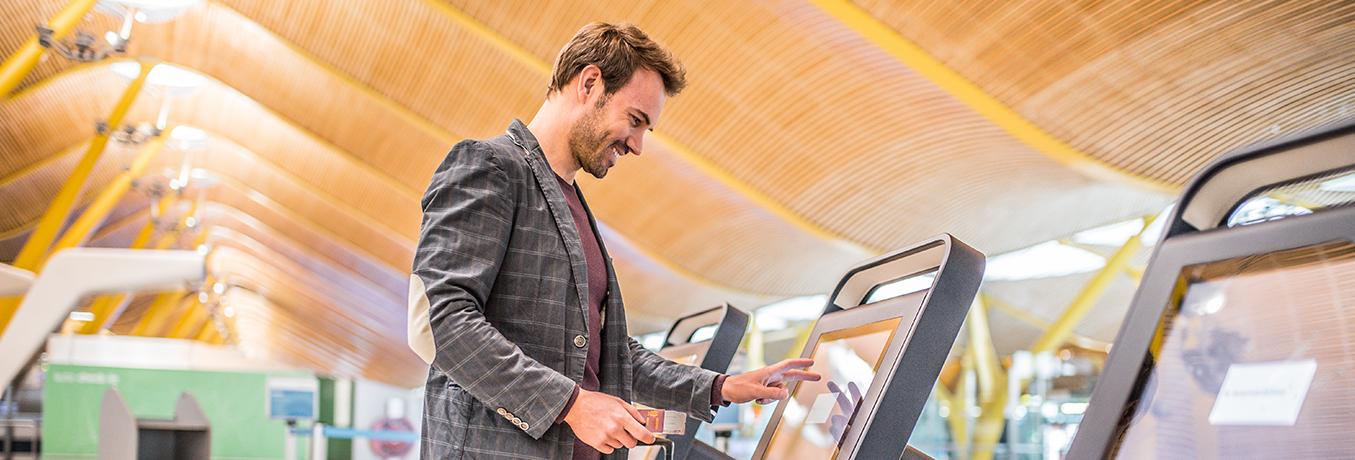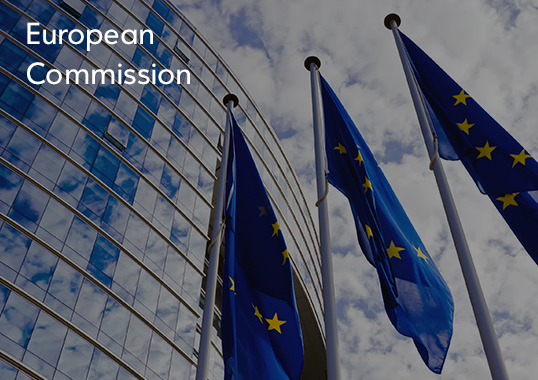eu-LISA & Frontex


Transversal Engineering Framework Lot 3:
Infrastructure Provisioning
The European Union Agency for the Operational Management of Large-Scale IT Systems in the Area of Freedom, Security and Justice (eu-LISA) is responsible for the operational management of IT-systems EURODAC, SIS II and VIS, while developing EES, ETIAS and ECRIS-TCN.
The European Border and Coast Guard Agency (Frontex) is an agency of the European Union headquartered in Warsaw, Poland, tasked with border control of the European Schengen Area, in coordination with the border and coast guards of Schengen Area member states.
In order to serve their needs in ICT infrastructure, eu-LISA and Frontex procured a contract through which they intend to acquire HW/SW and maintenance, as well as infrastructure services, in a transversal manner for all aforementioned critical information systems.
We will provide to eu-LISA and Frontex best-of-breed network solutions from top vendors such as Cisco, HPE, Checkpoint, Fortinet, F5 Networks, and Certes Networks, as well as network infrastructure services including analysis, design and architecture, installation, configuration, testing and maintenance.
In a nutshell, the services include:
 Design of network infrastructure based on standards set by eu-LISA and Frontex.
Design of network infrastructure based on standards set by eu-LISA and Frontex. Provisioning of network infrastructure components and services.
Provisioning of network infrastructure components and services. Testing of the newly deployed systems, in collaboration with other contractors.
Testing of the newly deployed systems, in collaboration with other contractors. Contribution to Operational Level Agreements (OLAs) to govern collaboration with other parties.
Contribution to Operational Level Agreements (OLAs) to govern collaboration with other parties. Provision of Common Shared Infrastructure components.
Provision of Common Shared Infrastructure components.
Our experienced engineers will undertake the provision of state-of-the-art network solutions and services to eu-LISA and Frontex, aiming to ensure security, performance and business continuity.
The newly provided infrastructure solutions will empower eu-LISA and Frontex to fulfill their missions, i.e.:
- To provide high-quality, efficient and secure services and solutions.
- To grow as a centre of excellence.
- To build trust amongst all stakeholders and continuously align the capabilities of technology with the evolving needs of the Member States.
- To control the EU borders.
- To protect Freedom, Security and Justice in the EU.

